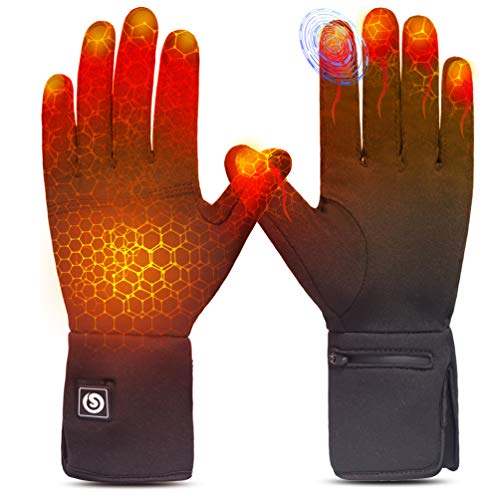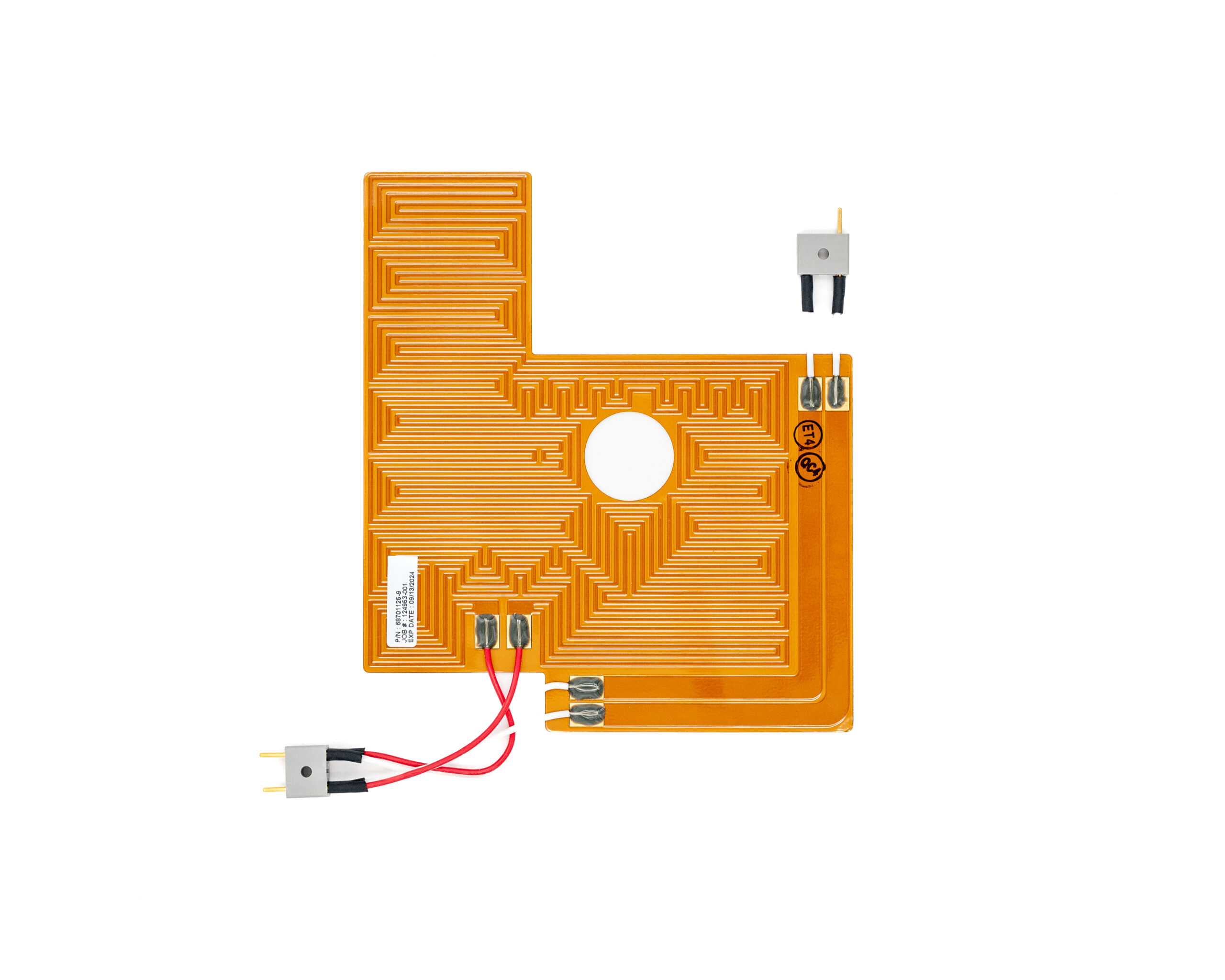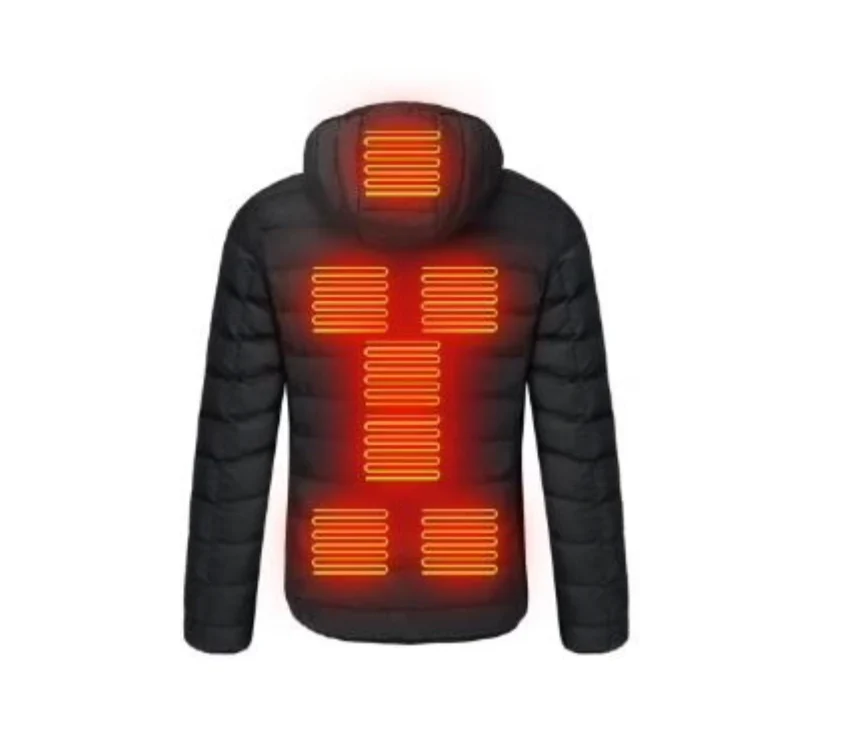 Imagine this: a blustery winter day. The chilled air bites at your exposed skin as you step outside. Usually, your hands would be numb in seconds, but today was different. You had put on your new heated gloves so your hands stayed warm, a small comfort on this frigid day. This is the magic of heated flex circuits, a technology that’s quickly revolutionizing heating in various industries.
Imagine this: a blustery winter day. The chilled air bites at your exposed skin as you step outside. Usually, your hands would be numb in seconds, but today was different. You had put on your new heated gloves so your hands stayed warm, a small comfort on this frigid day. This is the magic of heated flex circuits, a technology that’s quickly revolutionizing heating in various industries.
Bending the Rules of Heat
Unlike traditional rigid heating elements, heated flex circuits are made from a thin, plastic film base. Embedded within this film are resistive heating elements, often made from high-resistance metals like copper or alloys like Inconel. When electricity flows through these elements, resistance causes them to heat up, transferring that warmth to whatever they touch.
This flexibility is what makes heated flex circuits so powerful. They can conform to uneven surfaces and irregular shapes, making them perfect for applications where traditional flat heaters wouldn’t work.
An Evolutionary Leap
The development of heated flex circuits, as we know them today, came about in the late 1960s and early 1970s. This period saw advancements in key technologies like: 
- Heat-resistant base materials: The invention of polyimide films like Kapton provided a flexible and high-temperature tolerant base for the circuits.
- Resistive heating elements improved understanding and use of metals and alloys with high electrical resistance for controlled heating.
- Flexible circuit board technology
The journey to heated flex circuits wasn’t a single, eureka moment. Instead, it was a collaborative evolution involving companies like Honeywell International, Watlow Electric Manufacturing, Omega Engineering, and Smiths Group. Through their combined efforts in advancing materials and manufacturing processes, we’ve seen a gradual transformation in how we harness heat.
The Perks of Heated Flex Circuits
The benefits of heated flex circuits go beyond just bending:
- Thin and Light: Their low profile makes them ideal for situations where space needs to be optimized.
- Heat Transfer: The close contact between the circuit and the object allows for efficient heat transfer.
- Customization: The resistance, power output, and even the shape of the heating element can be designed to fit your specific needs.
Heating Up Everyday Life
Heated flex circuits are finding their way into all sorts of applications. Here are just a few examples: 
- Keeping You Warm: Heated clothing, anyone? Flex circuits can be invisibly woven into jackets, gloves, and even socks.
- Medical: Heating pads for muscle cramps to blood transfusion warmers.
- Keeping Things Flowing: Industrial applications like heated tanks and pipes ensure smooth operation, especially in cold environments.
- Technology: Electric vehicle battery heaters and those nifty coffee cup warmers.
Considering the Heat?
If you’re thinking about using heated flex circuits in your project, here are some things to keep in mind:
- Temperature: What temperature do you need to reach? Different materials have different maximum operating temperatures.
- Power: How much heat do you need to generate? This will determine the power requirements of your circuit.
- Size: What size and shape is the area you want to heat? The design of the circuit will depend on this.
Heated flex circuits are a versatile and innovative technology with a wide range of applications.
Ready to bring the power of flexible heating to your project?
Product images courtesy of:

